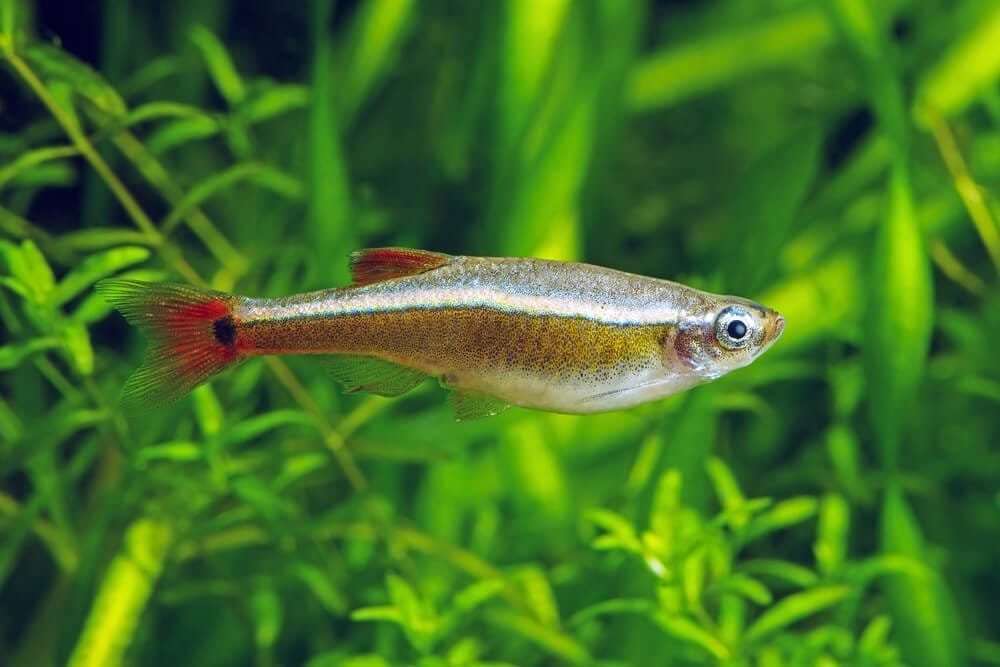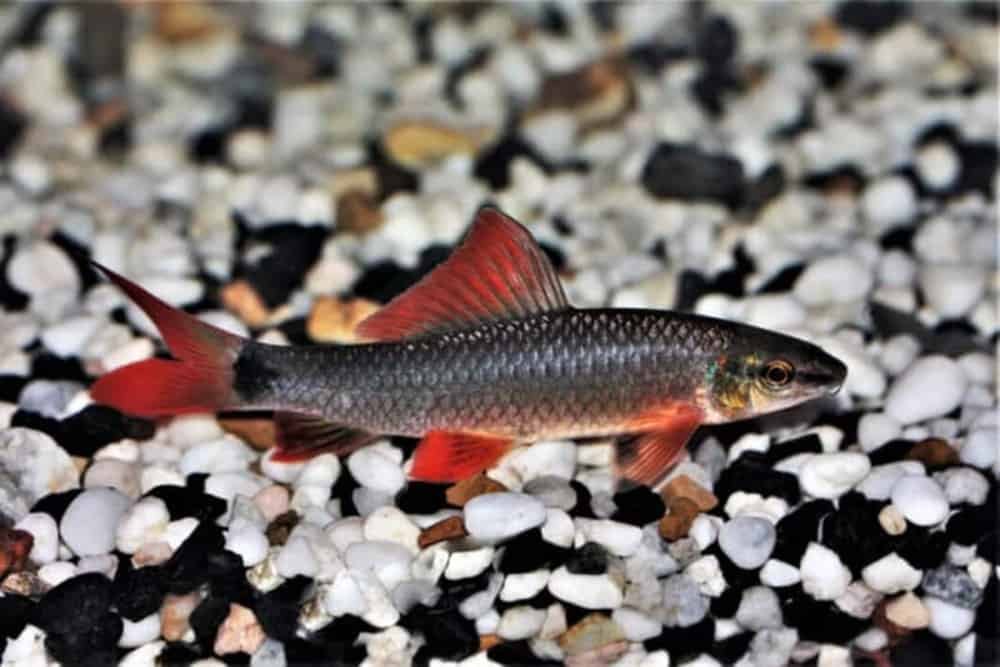Are Kuhli Loaches Nocturnal?
Did you know that Kuhli Loaches, those adorable eel-like fish commonly found in aquariums, have a secret nightlife? Yes, these mesmerizing creatures are actually nocturnal! Kuhli Loaches are most active during the night, when they venture out from their hiding spots to explore and scavenge for food. So, if you’re a Kuhli Loach owner and have ever wondered what they’re up to once the lights go out, keep reading to uncover the fascinating world of these nocturnal wonders!
Are Kuhli Loaches Nocturnal?
What are Kuhli Loaches?
Kuhli Loaches, also known as Pangio kuhlii, are unique and fascinating fish that belong to the loach family. They are native to the freshwaters of Southeast Asia, including countries like Indonesia, Malaysia, Thailand, and Borneo. These slender and eel-like loaches are popular among aquarium enthusiasts due to their interesting appearance and peaceful nature. Kuhli Loaches get their name from their scientific name, Pangio kuhlii, and are often referred to as “Coolie Loaches” or “Climbing Loaches” due to their ability to climb and hide in various nooks and crannies in their natural habitat.
Nocturnal Behavior
Kuhli Loaches are predominantly nocturnal creatures, which means they are most active during the night and rest during the day. Their natural instincts and behavior have adapted to suit the less-lit environments of their native habitats. This nocturnal behavior can be easily observed in aquariums as well. During the day, Kuhli Loaches tend to hide and shelter in the substrate, plants, or caves in the tank. As the sun sets and darkness falls, they become more active, venturing out in search of food and engaging in various social and territorial behaviors.
Natural Habitat
In the wild, Kuhli Loaches inhabit slow-moving streams, rivers, and marshes with soft substrates and plenty of hiding spots. The dense vegetation and decaying plant matter in their natural habitat provide a sense of security and food sources for these loaches. Their slender body shape and ability to squeeze into small crevices or burrow in the substrate allow them to evade predators and seek shelter from the currents. It is essential to create a similar environment in their aquarium to ensure their well-being and replicate their natural behaviors.
Biological Adaptations
Kuhli Loaches have evolved several biological adaptations that aid their nocturnal lifestyle and survival in their natural habitats. Their long, slender body shape with smooth scales enables them to navigate through tight spaces and burrow into the substrate for protection. Additionally, they have a specialized pair of barbels located near their mouths, which help them locate food sources and navigate in murky waters with low visibility. These adaptations have helped Kuhli Loaches thrive in their native environment and make them uniquely suited for their nocturnal behavior.
Physical Characteristics
Kuhli Loaches exhibit a distinctive physical appearance that sets them apart from other fish species. They have an elongated and cylindrical body shape that can reach up to four inches in length, depending on the species. Their most striking feature is their series of vertical stripes that run along their body, ranging in color from pale yellow to dark brown or black. These stripes help them camouflage with their surroundings, providing a level of protection against potential predators. The absence of scales on their body also gives them a smoother texture, contributing to their eel-like appearance.
Sleeping Patterns
Due to their nocturnal nature, Kuhli Loaches have adapted to sleep during the day and be active at night. During their resting period, they often seek refuge in the substrate or hide in caves and plants, minimizing their exposure to any potential threats. However, it’s worth mentioning that Kuhli Loaches can display intermittent activity during daylight hours, especially when they are acclimated to their aquarium environment. Nevertheless, their nocturnal tendencies remain their dominant behavior pattern.
Feeding Behavior
Kuhli Loaches are omnivorous scavengers, and their feeding behavior is closely tied to their nocturnal lifestyle. Being bottom-dwellers, they primarily scavenge for food in the substrate and sift through decaying plant matter and small invertebrates. In an aquarium setting, it’s important to provide them with a varied diet that includes sinking pellets, freeze-dried or frozen foods, and occasional live foods like bloodworms and brine shrimp. Feeding them after dark or just before you turn off the lights can help simulate their natural feeding behavior and ensure they receive adequate nourishment.
Activity Levels
While Kuhli Loaches are generally more active during the night, their activity levels can vary between individuals and in different tank environments. Factors such as tank size, tank mates, and overall health can influence their activity patterns. Additionally, when kept in groups of at least six individuals, Kuhli Loaches are more likely to exhibit their natural behavior and explore their surroundings during the night. Creating a comfortable and appropriate environment for them can encourage their activity levels and provide them with opportunities for social interaction.
Tank Setup and Lighting
Designing an ideal tank setup for Kuhli Loaches is crucial for their well-being and to encourage their natural behaviors. A minimum tank size of 20 gallons is recommended for a small group of Kuhli Loaches. Soft, fine-grained substrate like sand or smooth gravel should be used to mimic their natural habitat and enable them to burrow comfortably. Adding plenty of live or artificial plants, driftwood, and caves will provide hiding places and create a sense of security for these nocturnal creatures. It is essential to maintain a dimly lit environment in the tank, replicating their preferred low-light conditions. Using floating plants or a simple dimming light system can help achieve this and reduce stress on the fish.
Compatibility with Other Fish
Kuhli Loaches are peaceful and social fish that can coexist with a variety of tank mates. However, it’s important to choose compatible species that share similar water parameters and temperament. They generally get along well with small, peaceful fish like tetras, guppies, and rasboras. Avoid pairing them with larger, aggressive species that may intimidate or harm the loaches. Keeping them in a group of their own kind is also important to stimulate their natural behaviors and give them a sense of security. Providing sufficient hiding spots and territories for each fish will further promote harmony in the aquarium and reduce potential conflicts.
In conclusion, Kuhli Loaches are indeed nocturnal fish, exhibiting a range of behaviors and physical adaptations that align with their active phase during the night. Their native habitats, biological traits, and care requirements all contribute to their preference for low-light conditions and their active behavior during the dark hours. Understanding and replicating their natural behaviors and preferences in an aquarium setup are key to ensuring their health and well-being. So, if you’re considering adding these intriguing and unique loaches to your tank, make sure to provide them with the appropriate environment and care to support their nocturnal lifestyle.





